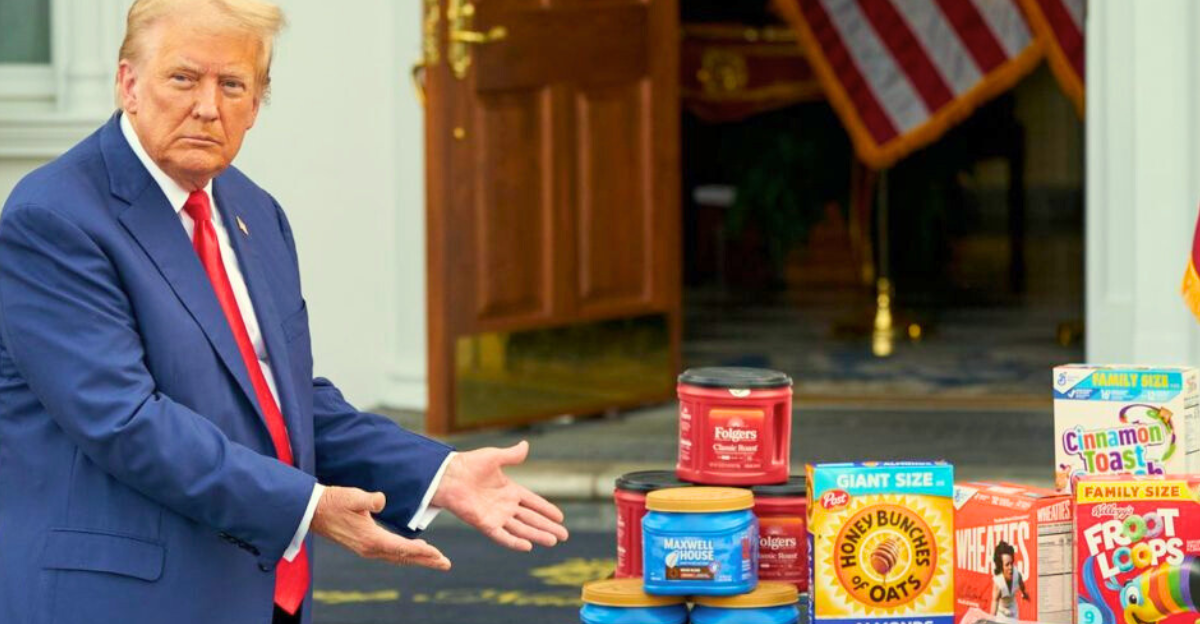
When it comes to gut issues, food shortage hits harder than just about any other concern. While other necessities like housing and livelihood are certainly impactful, food is a basic need that holds the key to both survival and growth.
Over the past century, the U.S. government has taken steps to address the food situation among the country’s underprivileged. However, due to a major piece of legislation recently signed by President Donald Trump, the funding for a federal food assistance program is set to be slashed by billions of dollars over the next decade. Notably, some of the states most affected by this budget cut are so-called “red states” that have a track record of supporting Trump and the Republican Party.
Food Stamps Go Way, Way Back…
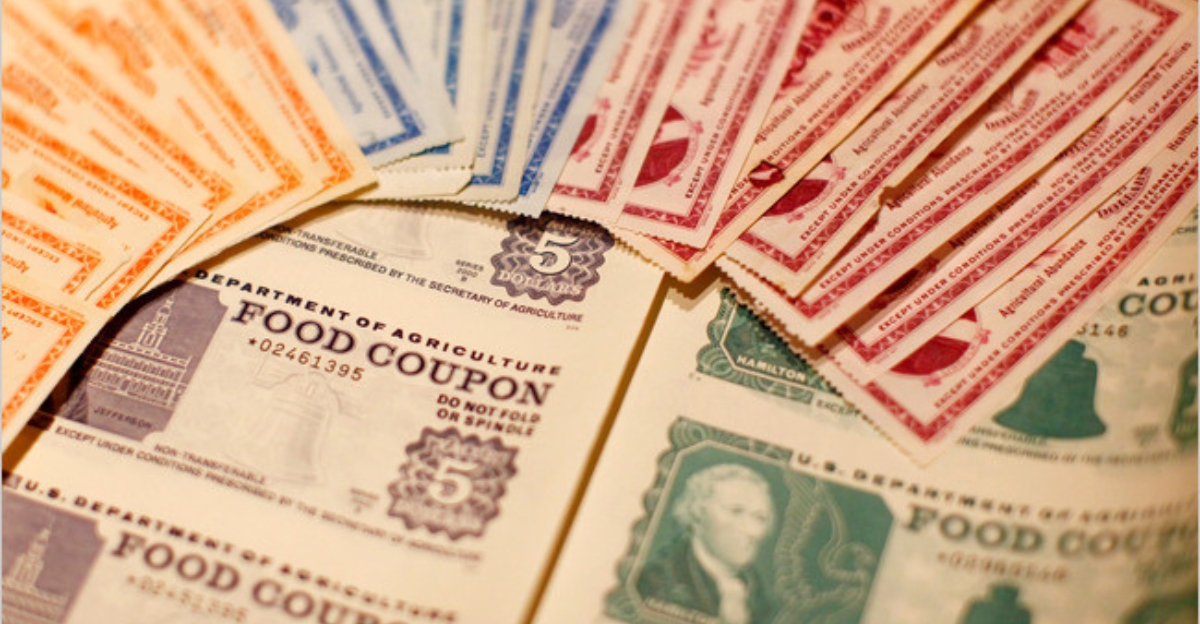
By no means is food shortage a recent issue. During the Great Depression, hunger became a fundamental concern as citizens’ access to adequate nutrition was severely compromised. In 1939, Secretary of Agriculture Henry Wallace helped usher in the first-ever Food Stamp Program (FSP), which allowed recipients of public welfare to purchase stamps equivalent to their food expenses.
Over the next decades, the FSP went through a number of legislative changes. One particularly important milestone took place in 1974, when the FSP started to operate on a nationwide scale. In 2008, the FSP was renamed the Supplemental Nutrition Assistance Program (SNAP).
The Bigger Picture of Food Problems
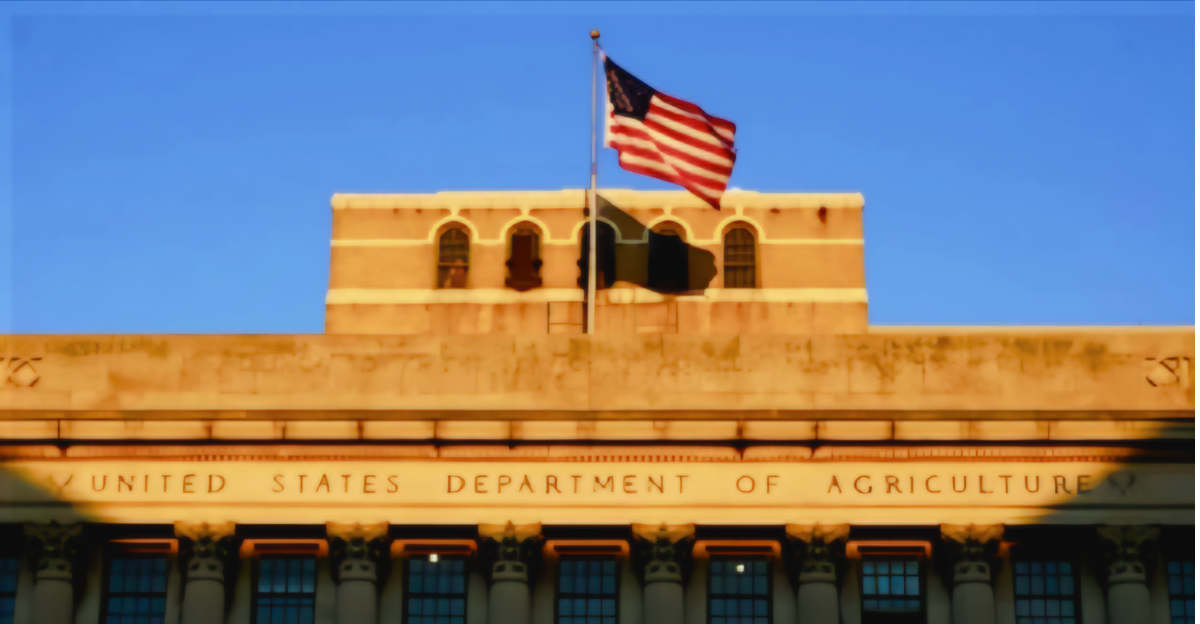
The significant cuts to the federal budget for SNAP are the latest developments related to rising food problems in the U.S. At the start of this year, the U.S. Department of Agriculture reported that the percentage of U.S. households classified as “food insecure” and “low food security” rose between 2022 and 2023.
The Benefits That Americans Enjoy from SNAP
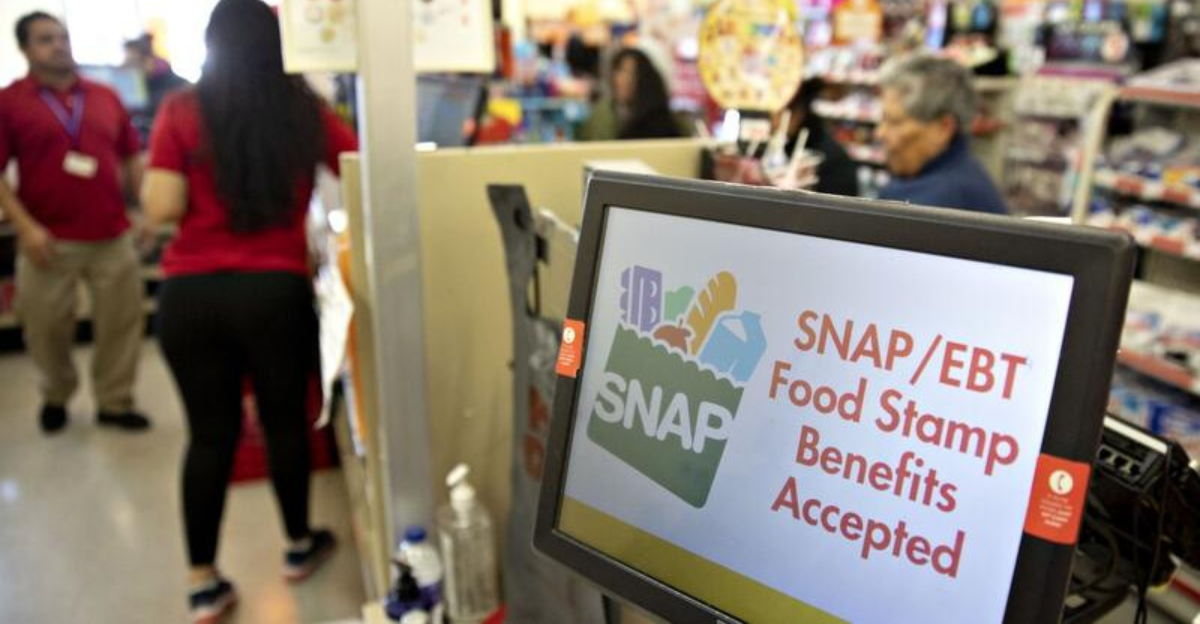
Studies have shown that, from the standpoint of taxpayers, SNAP has yielded good returns on investment. According to a May 2024 article published in The Review of Economic Studies, federal food stamps rolled out between 1961 and 1975 were found to be “a highly cost-effective investment in young children.”
More recently, data from the Census Bureau and the White House show that SNAP has alleviated poverty and food insecurity. Last year, the Center on Budget and Policy Priorities reported that over 41 million people from a low-income background in the U.S. were able to “afford a nutritionally adequate diet” thanks to SNAP.
How the “One Big Beautiful Bill” Changes Things
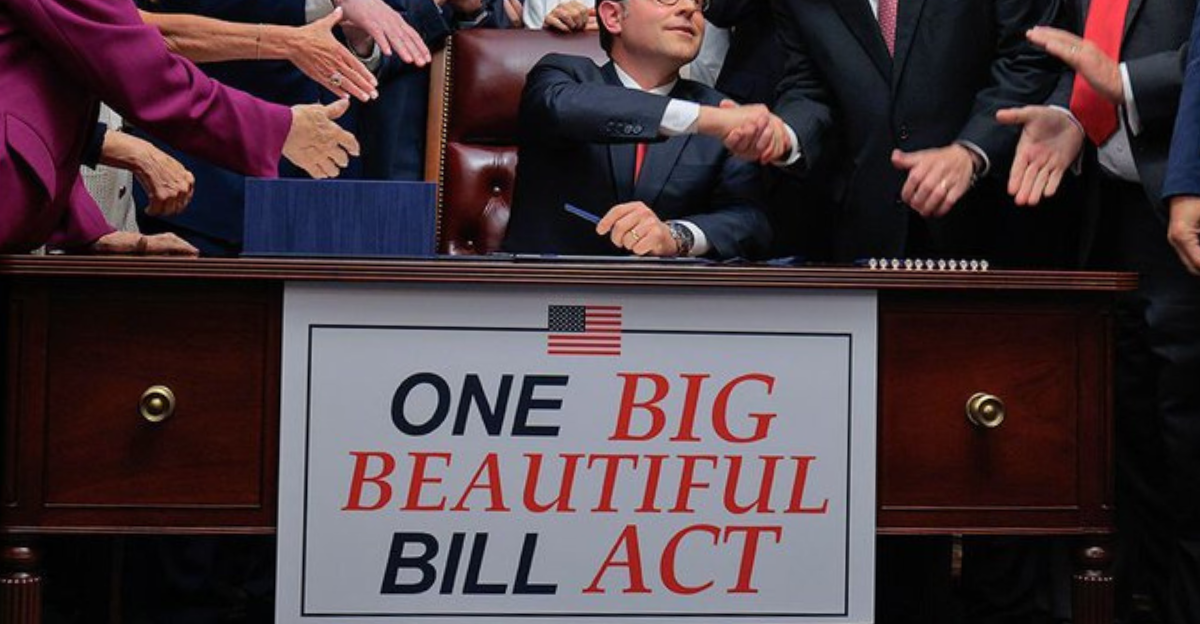
However, this nationwide impact is set to drastically change. Earlier this month, President Trump signed the “One Big Beautiful Bill Act,” a tax and spending megabill that includes significant cuts to major government programs.
One of these programs happens to be SNAP, which is set to lose $186 billion in federal funding up until 2034. Consequently, state governments are expected to carry the burden of the additional expenses arising from the cuts to the SNAP budget.
Lawmakers of These Red States Voted for Trump’s Megabill
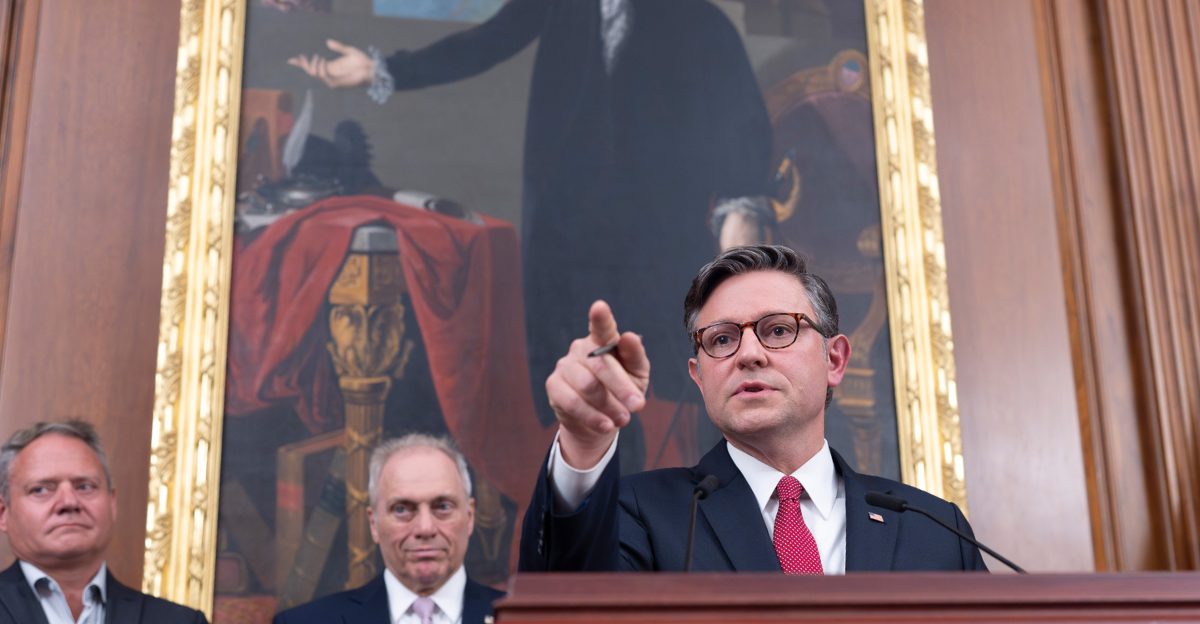
How did the “One Big Beautiful Bill Act” come to fruition? First conceptualized over a year ago, this megabill was passed by the Senate in a 51-to-50 vote on July 1, with Vice President JD Vance casting the vote that broke the tie. Two days later, the House of Representatives voted 218 to 214 in favor of the megabill, sending it to President Trump’s desk.
Among the legislators who voted to support the “One Big Beautiful Bill” were lawmakers representing Alabama, Louisiana, Oklahoma, and West Virginia. Ironically, as per data from the U.S. Department of Agriculture and U.S. Census Bureau, these four “red states” have some of the highest percentages of residents supported by SNAP.
What Happens When Federal Spending on SNAP Is Cut?

Even before the House voted on the megabill, the Urban Institute published a study projecting the impact of the cuts to SNAP spending. According to this study, over 22 million families in the U.S. are expected to lose “some or all of their SNAP benefits.” Of this number, 5.3 million families might be losing $146 worth of monthly benefits on average; this translates to $1,752 “for a family receiving benefits for the entire year.”
State Governors Took a Stand Against SNAP Cuts
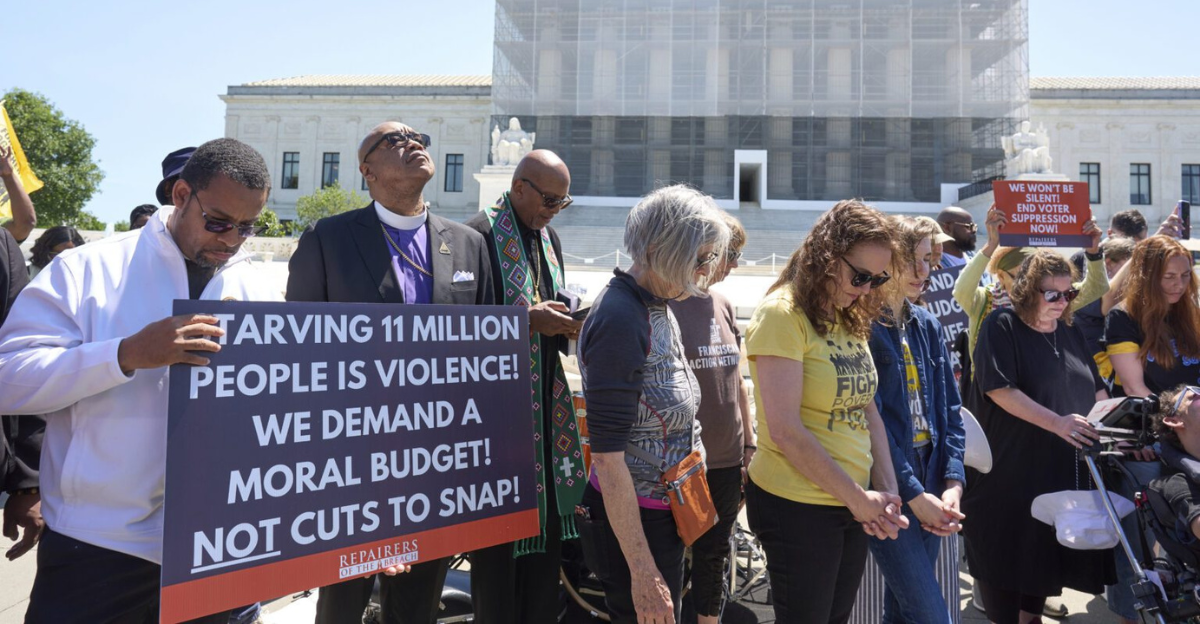
A week before the Senate passed the “One Big Beautiful Bill,” an open letter signed by 23 state governors was sent to key figures in Congress in an attempt to prevent cuts to SNAP spending. In this letter, the governors emphasized the “unrealistic” idea of states compensating for the food stamps budget that the megabill intends to slash.
“If states are forced to end their SNAP programs, hunger and poverty will increase, children and adults will get sicker, grocery stores in rural areas will struggle to stay open, people in agriculture and the food industry will lose jobs, and state and local economies will suffer,” the governors wrote.
Who Are Most Affected by the SNAP Cuts?

Despite the governors’ efforts, the megabill was signed by President Trump during an Independence Day ceremony held at the White House. According to the study published by the Urban Institute, the newly enacted budget cuts in the “One Big Beautiful Bill Act” will affect over 3.3 million children.
In addition, as per the National Women’s Law Center (NWLC), the cuts to SNAP spending could affect women and single parents, two key demographics among adult SNAP recipients.
How Do Citizens Feel About This Development?
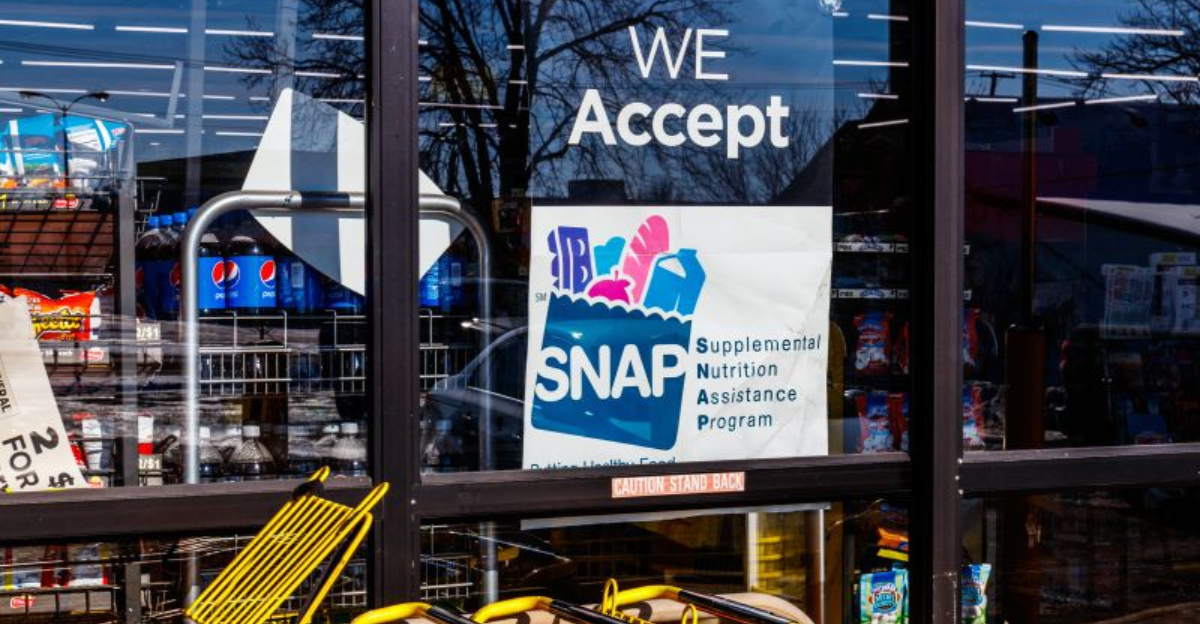
On social media, netizens have expressed various opinions on the impending cuts to SNAP funding. Some netizens defended the budget cuts by saying that the “One Big Beautiful Bill Act” will urge more able-bodied adults to secure their livelihood and provide for their families’ needs.
Other netizens relayed their concerns regarding the hunger situation in the country. “What reasons would there be to make deep cuts on SNAP & other food programs? Who the hell wants hungry people in America? Tragedy,” one netizen tweeted.